The World’s Highest Battlefield
- July 25, 2020

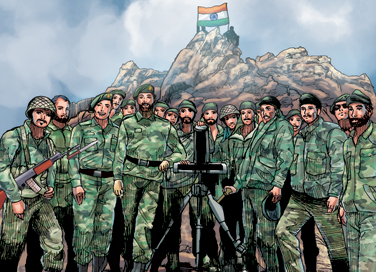
The World’s Highest Battlefield
- July 25, 2020
Premium
By Samyukhtha Sunil
Situated at a height of nearly 11,000 ft above sea level, Dras in Kargil District happens to be the coldest inhabited place in India. It is also called the ‘Gateway to Ladakh’. Now a tourist hub for trekking and mountaineering, this valley also served as the final battlefield in the Kargil war with Pakistan, in the summer of 1999. The Kargil War is one of the most significant victories for the Indian army. As India won back the last of its territories illegally captured by its enemies on July 26th, 1999, echoes of victory reverberated across the valley and the rest of the country. For the 21 years that have followed, this day has been celebrated as Kargil Vijay Diwas (Victory Day) to commemorate our heroic Indian soldiers who bravely sacrificed their lives for their country.
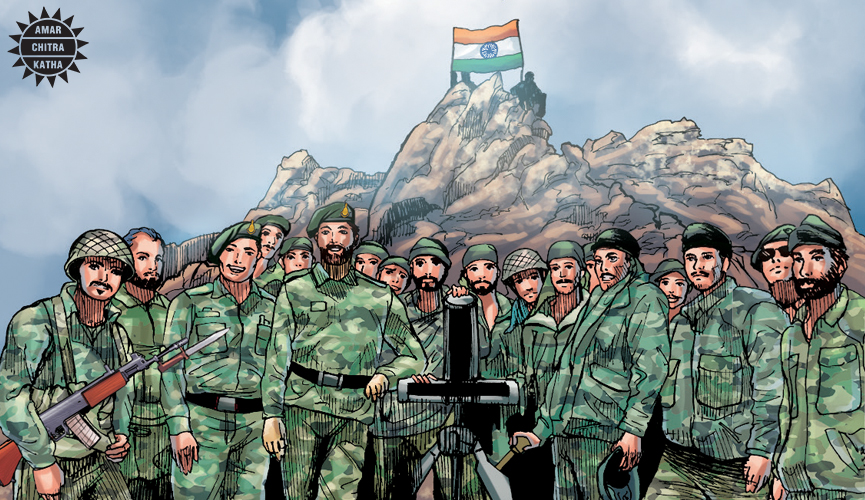
Kargil is a very sparsely populated district in Kashmir amongst some of the world’s highest mountains. The region is in close proximity to the LoC (Line of Control). Kargil is prone to extremely harsh weather conditions where the temperatures drop down to -48 degrees celsius. Using these conditions to their advantage, the Pakistani army had been secretly sending in troops to the Indian side of the LoC, breaching the border and attempting to weaken India’s hold over Kashmir and the Siachen Glacier, which is located in the eastern Karakoram Himalayan range. This prompted India to retaliate, which eventually became the official declaration of war.
To receive more such stories in your Inbox & WhatsApp, Please share your Email and Mobile number.
The war lasted for nearly three months between May and July and resulted in several casualties on both sides. Pakistan named its action of taking control of the Indian border as ‘Operation Badr’ while India’s retaliation was named ‘Operation Vijay’. Eventually, Kargil Vijay Diwas was named after the massive success of this operation.
Needless to say, the Indian army faced its enemies straight in the eyes, fearlessly, and won the battle with a combination of extreme resourcefulness and sheer courage. Four of our Indian soldiers were awarded the prestigious Param Vir Chakra, India’s highest military honour recognising marvellous acts of bravery during a war.
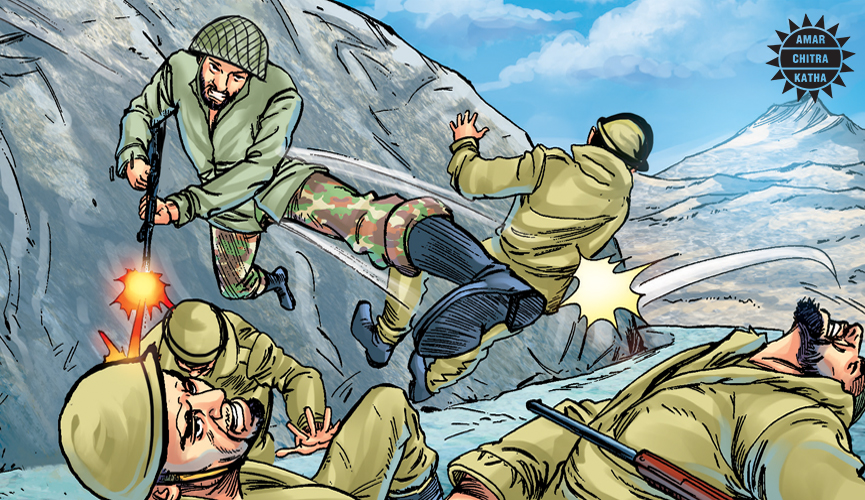
Popularly called ‘Sher Shah’, Captain Vikram Batra was a braveheart who breathed his last while saving a fellow soldier at a young age of 24. Due to his exemplary feat, he was given innumerable titles such as the ‘Tiger of Dras’, the ‘Kargil Hero’ and the ‘Lion of Kargil’. Captain Batra was awarded the Param Vir Chakra posthumously which was received by his father G.L. Batra.
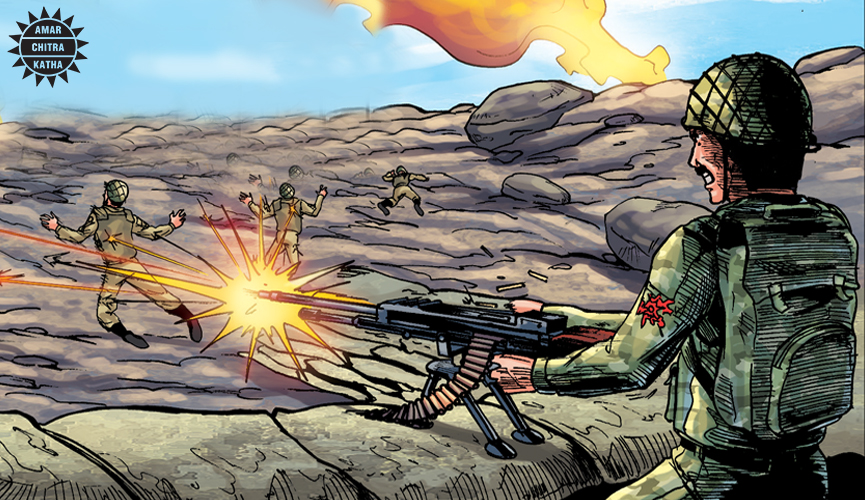
One amongst only three living Param Vir Chakra recipients, Rifleman Sanjay Kumar stared death in the face multiple times during the war. From holding the burning hot barrel of a gun while shooting enemies to single-handedly destroying enemy bunkers, he fought tirelessly, despite being severely wounded.
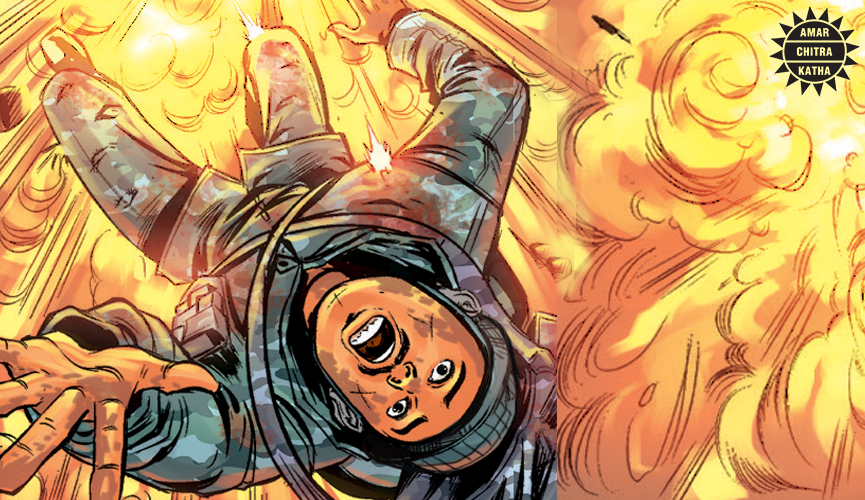
The youngest recipient of the Param Vir Chakra, Grenadier Yogendra Singh Yadav was just 19 years old when he fought the war. He was the sole survivor of the attack on Tiger Hill, in which he sustained several gunshots that left one of his arms immobile. In a daring response, he heroically attacked the enemy while exhorting the rest of his unit to retreat to safety.
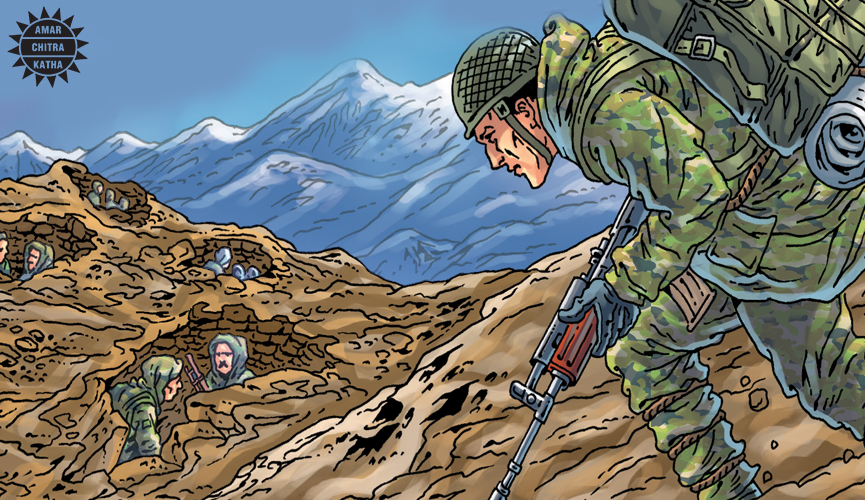
A hero who entered the Indian army with the vision of receiving a Param Vir Chakra, Lieutenant Manoj Pandey achieved his life-long dream post the Kargil war. The brave lieutenant managed to destroy an enemy bunker, sacrificing himself in a shower of bullets.
Besides these heroes, eleven other soldiers were awarded the Mahavir Chakra as well.
In the last week of July 1999, the Indian army launched its final attack which was backed up and powerfully coordinated by the Indian Air Force. In the days that followed, the Dras region began to notice Pakistani troops pulling back and the battle came to an end on July 26th, marking a tremendous victory for the Indian armed forces.
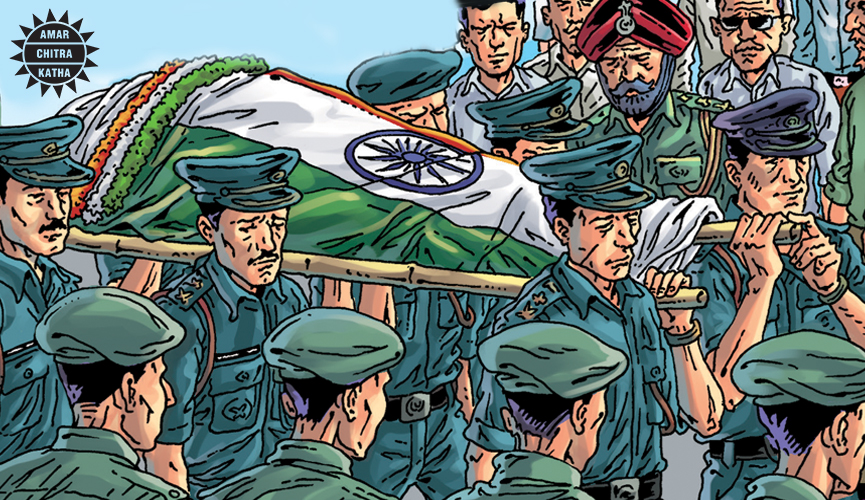
To commemorate this occasion, the Indian army celebrates this day as ‘Kargil Vijay Diwas’ in memory of over 500 soldiers who lost their lives in battle. The celebrations include a brass band display followed by a memorial service held by the Indian army at the Kargil War memorial. The war memorial which is situated in Dras is a symbol of patriotism that will make any Indian gleam with pride. We salute our heroes that risk their lives each day to guard our nation, no matter what the weather, no matter what the terrain, no matter what the difficulty, no matter what it takes.
Read the full story of the brave soldiers of India in Amar Chitra Katha’s ‘Param Vir Chakra’ now available on ACK Comics app, Amazon, Flipkart, and other major e-tailers.
To receive more such stories in your Inbox & WhatsApp, Please share your Email and Mobile number.

Comic of The Month
The Naval Journey of India Book I
This book is the first of a three-book series that takes a deep and detailed look at India's Naval History and a deep insight into the lives of our men and women in white. But any series on the Indian Navy has to start at the very beginning - exploring India's celebrated maritime history. Join our little hero, Bharat, and his grandfather, Commodore Sagar, as they sail into the deep blue waters of time. Book I of The Naval Journey of India takes a sweeping look at India's maritime endeavours, how the seas impacted us over millennia and how the oceans made us who we are.